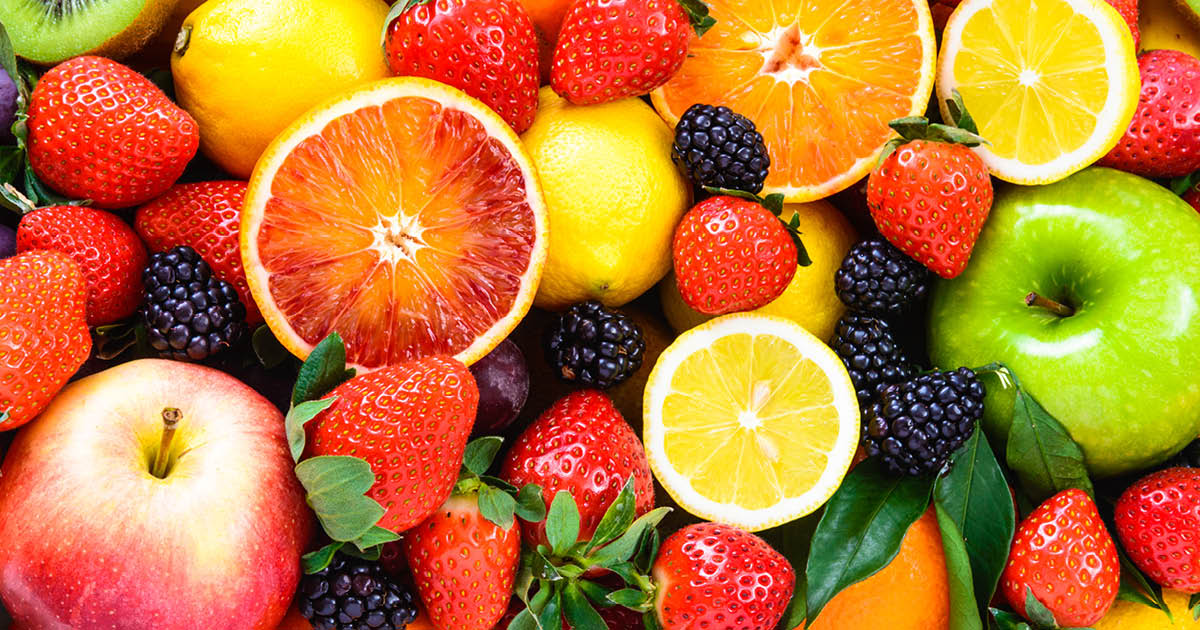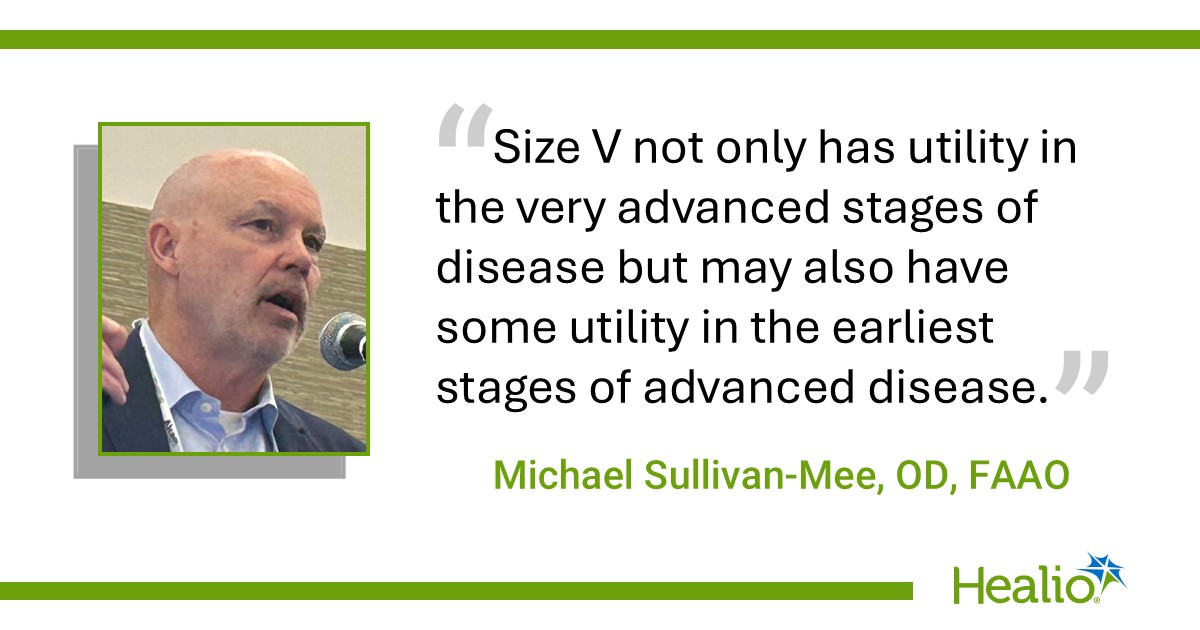October 09, 2025
3 min read
Key takeaways:
- Women with high vs. low total fruit intake had a smaller decline in FEV1 per PM2.5 rise of 5 μg/m3.
- Men and women with a medium or high vs. low healthy diet score had significantly greater FEV1 and FVC.
Women with high total fruit intake had a smaller decline in FEV1 with fine particulate matter increases vs. women with low total fruit intake, according to a poster presented at the European Respiratory Society International Congress.
High fruit intake was defined as at least four portions of fruit daily, according to a release from ERS.

Women with high total fruit intake had a smaller decline in FEV1 with fine particulate matter increases vs. women with low total fruit intake, according to study findings. Image: Adobe Stock

Pimpika Kaewsri
“Our findings highlight that exposure to air pollution has a negative impact on lung function and that consuming fruit may help to mitigate these effects,” Pimpika Kaewsri, MSc, PhD student from the Centre for Environmental Health and Sustainability at the University of Leicester, told Healio. “This is another reason for clinicians to promote a healthy diet, such as a diet high in fruits.”
In a cross-sectional study, Kaewsri and colleagues evaluated approximately 200,000 adults aged 40 to 69 years from the UK Biobank to uncover if a healthy diet changes the negative link between air pollution (nitrogen dioxide, particulate matter with an aerodynamic diameter of 2.5 μm or less [PM2.5] and PM with an aerodynamic diameter of 10 μm or less [PM10]) and lung function.
Researchers determined a healthy diet score (HDS) through various dietary components such as total fruit, vegetable and whole grain intakes reported by the adults. For air pollution, modeled 3-year annual average concentrations at the individual’s home address preceding lung function measurement were collected.
In linear regression analysis, men with a medium or high HDS vs. a low HDS had a significantly greater FEV1 (medium, 31.8 mL; high, 52.5 mL) and FVC (medium, 34 mL; high, 66.7 mL), according to the poster. This was also true for women, as those with a medium or high HDS vs. a low HDS had a significantly increased FEV1 (medium, 16.5 mL; high, 34.7 mL) and FVC (medium, 17.3 ml; high, 36.5 mL).
When assessing HDS and the studied air pollutants, researchers did not find a significant interaction.
Looking at air pollution, lung function and degree of total fruit intake all together, the poster highlighted that all three pollutants were negatively linked to FEV1 and FVC in the low, medium and high total fruit intake groups of men and women.
“While a good diet was associated with better lung function, we were surprised that it didn’t seem to protect against associations of air pollution with poorer lung function,” Kaewsri said.
“But we did find that specific components of diet — eating more fruit and vegetables — appeared to have a protective effect, which fits with what we know about how air pollution can damage the lung,” she continued. “This is supported by finding that eating more fruit appears to have a protective effect against air pollution.”
Researchers did not find a significant interaction between fruit intake and any air pollutants among men, whereas among women, there was a significant interaction between fruit intake and PM2.5. Women with high total fruit intake (at least four portions daily) had a smaller decline in FEV1 per 5 μg/m3 rise in PM2.5 vs. women with low total fruit intake (–57.5 mL vs. –78.1 mL).
Importantly, fruit intake was lower among men vs. women, according to the release and poster.
“It was surprising that the modification effects of fruit intake on the adverse effects of air pollution on lung function were only seen in women,” Kaewsri told Healio. “This could also be because men in our study sample reported consuming fewer fruits than women. In some additional analyses, the protective effects of vegetables were observed in men.”
Looking ahead, Kaewsri said future research on this topic should track lung function over time to assess how fruits and vegetables change the negative impact of air pollution on lung function.
Kaewsri also told Healio she is performing analyses to gain a better understanding of the mechanisms by which diet may modify the effects of air pollution on lung health.
“Alongside dietary antioxidants, the body also produces antioxidants naturally and this is determined by genetic factors,” she told Healio. “We are investigating whether individuals with genes that give them more antioxidant protection have better lung function, taking account of air pollution levels.”
For more information:
Pimpika Kaewsri, MSc, can be reached at pk318@leicester.ac.uk.









